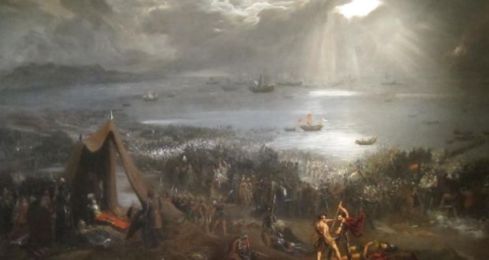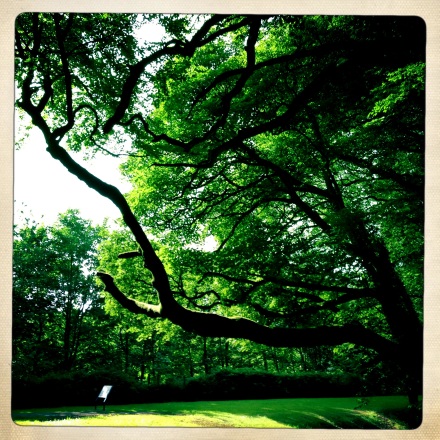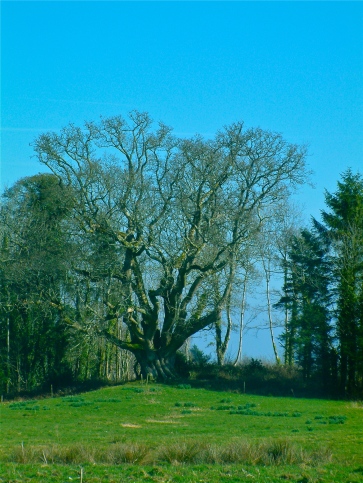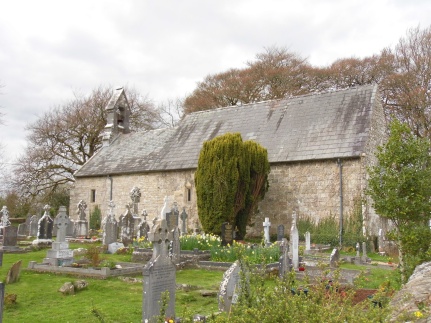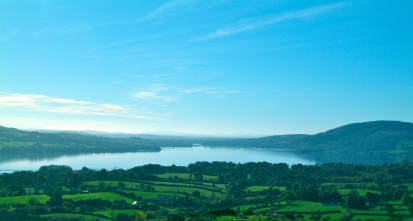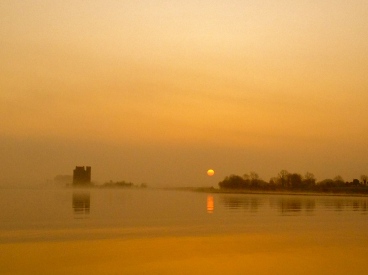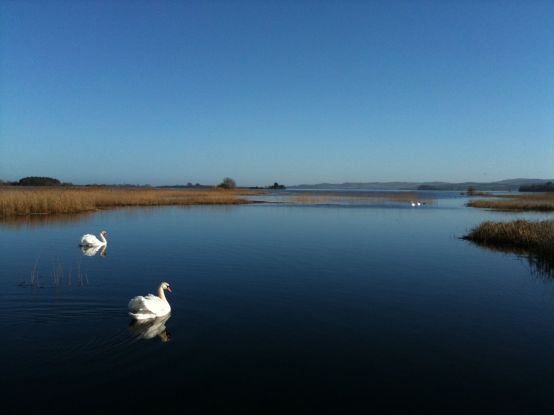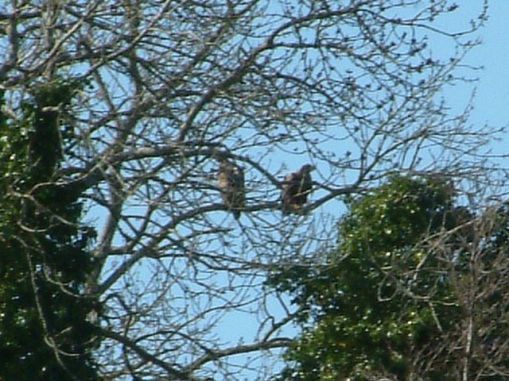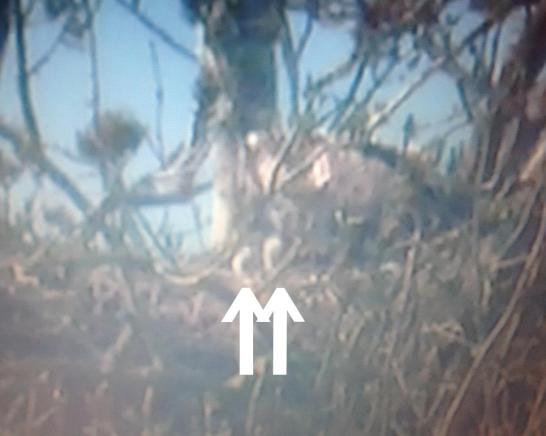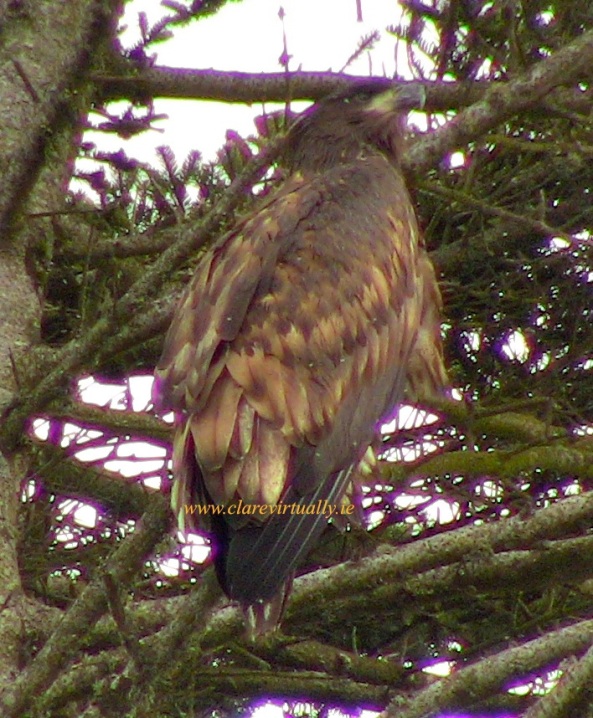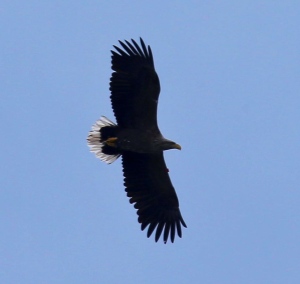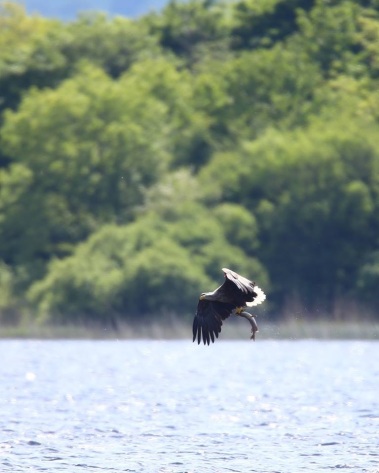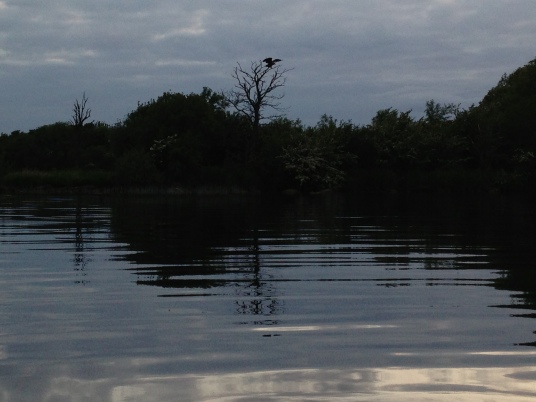Come walk with me in the Footprints of History……………
One thousand years ago on Good Friday 23rd April 1014, Ireland’s High King Brian Ború of Thomond (Munster) fought and won a famous battle against Viking invaders at Clontarf outside Dublin. His army of 4900 men had battled 3000 Viking Warriors from Dublin and The Isle of Man and 4000 Leinster men. The battle had raged all day with skirmishes all through what are now known as Drumcondra, Phibsborough and Marino. He retired to his tent to rest and, whilst there, one of the Viking leaders from the Isle of Man called Brodir came across Brian’s tent and killed the 73-year-old with his axe.
Brian Ború had ruled Ireland as High King for 12 years from 1002 until his death in 1014, from his palace in Kincora (Killaloe, Co. Clare). During his life he fought many battles against the Viking raiders, who for two hundred years had terrorised the Irish people by constant raiding and pillaging. The Vikings had got a foothold in Dublin (translation Dubh Linn or Black Pool). Brian had arranged marriage alliances between his family and other Irish Chieftains. His intention was to cement all these alliances and become the High King of all of Ireland. The Vikings were a constant thorn in his side though, challenging his position as High King, and he had battled and won against them, many times in Munster.
In 1014 one of the marriage alliances fell apart as Mael Mordha, King of Leinster revolted against Brian and joined forces with Vikings in Dublin. They then attacked the kingdom of Mael Seachlainn in Co. Meath who sent word to Brian Ború looking for assistance. Brian didn’t know, as he gathered his forces of Munster men and Dalcassians that this would be his last battle.
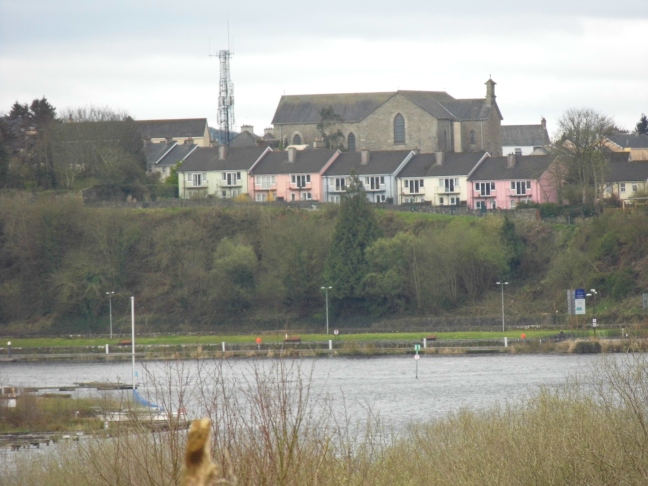
The Catholic church in Killaloe sits on the site of the Banqueting hall of Brian’s Palace of Kincora.
Kincora was the site of Brian’s Palace and it was in what is now known as Killaloe in Co. Clare. During his reign Kincora was the capital of Ireland. The palace was situated on top of a hill overlooking a ford on the mighty river Shannon. This position was a stronghold against Viking raiders who had come up the Shannon from Limerick Estuary in order to pillage the many Monasteries and other sacred places on the banks and islands of the river.
Up stream a mile from the Palace of Kincora stood Brian Ború’s Fort at Béal Ború. It is said that Brian was born and reared here. It is a beautiful location at the very southern tip of Lough Derg as it narrows into the river again. It is thought that because of the narrow strip of water here that it would have been used as a shelter for boats on the Lough, and also a place for cattle to cross the river. It is a very peaceful place for visitors and you can sit and think about the history and watch boats sailing and cruising past along the river.
You can feel a sense of history in Killaloe and as you walk up the main street to the site of the Palace you will see how commanding a position it held on the summit. Coincidentally the Police station and Catholic Church now reside on the site. Church and State holding onto a power position maybe ? There are several restaurants and coffee shops in Killaloe/Ballina where you can take a break before continuing to explore Brian Ború Country. Here’s a link to Flanagan’s on the Lake which is on the riverside across the bridge.
http://www.youtube.com/watch?v=UiPUj-xz47Q
Eleven miles from Killaloe along the Western shore of Lough Derg you will come across Raheen Wood. It is one of the last few acres of the great forests that once ringed the Lough. In it you will see one of the oldest trees in Ireland. The Brian Ború Oak is thought to be over 1000 years old. Giant oaks like this covered the land around the Lough and nearly every one was cut down to produce charcoal for iron making in the 17th Century. (That’s a story for another Blog Post in the not too distant future)
Allegedly, during a raid on Lough Derg’s Holy Island by the Vikings, one of their boats was holed. They needed an oak plank to repair it and they took a branch from the Brian Ború Oak. You can see where they cut it from in the photo above.
Just beside Raheen Woods is the village of Tuamgraney and here you will find the East Clare Heritage Centre. It is situated in St. Cronan’s Church which was built in the early 10th Century. Brian Ború had a long association with this Church and is mentioned as having had the bell tower repaired. There is a museum in St. Cronan’s, and from April on, it is open to the public. Here you can find out about Brian Ború’s connections to the Church and surrounding area.
Here is a link to the virtual tour of the East Clare Heritage Centre
http://www.clarevirtually.ie/eastclareheritagecentretuamgraney.php
During his reign Brian Ború’s name has been mentioned as building seven monasteries and 32 Round Towers or “Cloictheachs”. So we can assume that Brian was responsible for building the Cloitheach on Holy Island which is situated on Lough Derg off Mountshannon.
Here you will find the ruins of six churches, a holy well and other ancient structures like a bargaining stone where marriages were performed and deals were struck. Holy Island is one of the most famous monastic sites in Ireland and probably one of the best preserved. As I said earlier the Vikings attacked holy sites on Lough Derg and along the Shannon and the first recorded one here was in 836AD. Brian is said to have rebuilt one of the churches after a Viking attack. His brother Marcán was also Bishop Abbot of the Monastery on Holy Island.
You can access Holy Island only by boat. It is an amazing place to visit and even better if you hire Gerard Madden to bring you out and give you a guided tour. Here is a link to the virtual tour of Holy Island.
http://www.clarevirtually.ie/holyislandtours.php
It has always been thought that the Round Towers were built to protect the valuables of the churches from Viking raiders. Lately though it is thought they were built as a signpost for pilgrims, and that from the top of each tower you could see the next point on the pilgrimage.
Here’s the link to a video of an aerial tour of Lough Derg at sunset, featuring Holy Island.
http://www.youtube.com/watch?v=wIrFdZkt7LA
Armagh is said to be the burial-place of Brian Ború, but there is a legend that he was buried on one of the islands on Lough Derg. The biggest island on the Lough is called Illaunmore and on the southerly tip is a 3 metre high standing stone that was whitewashed every year for hundreds of years. The story goes that Brian’s followers were bringing him home and procured boats in Banagher, Co. Offaly. They intended to travel to Killaloe with the bodies of Brian, and his son Murchadh but the weather was very warm and the bodies deteriorated very quickly. Brian’s followers then decided to bury them on Illaunmore facing towards Killaloe. The standing stone allegedly marks the grave.
So. it has been a Millennium since the death of Brian Ború who was probably the greatest High King of Ireland. His success at Clontarf will be celebrated on the 23rd April and throughout 2014. Come visit Brian Ború Country in Co. Clare sometime, and walk in the “Footprints of History”.
Here’s a link to a video of other heritage sites and tourism products on & around Lough Derg.
http://www.youtube.com/watch?v=JJXk1Rj08ek
All photographs and videos ©Eoin O’Hagan/clarevirtually.ie
Check out all the virtual tours on http://www.clarevirtually.ie
Follow us on Twitter; @clarevirtually,
Facebook; clarevirtually
YouTube; clare virtually

